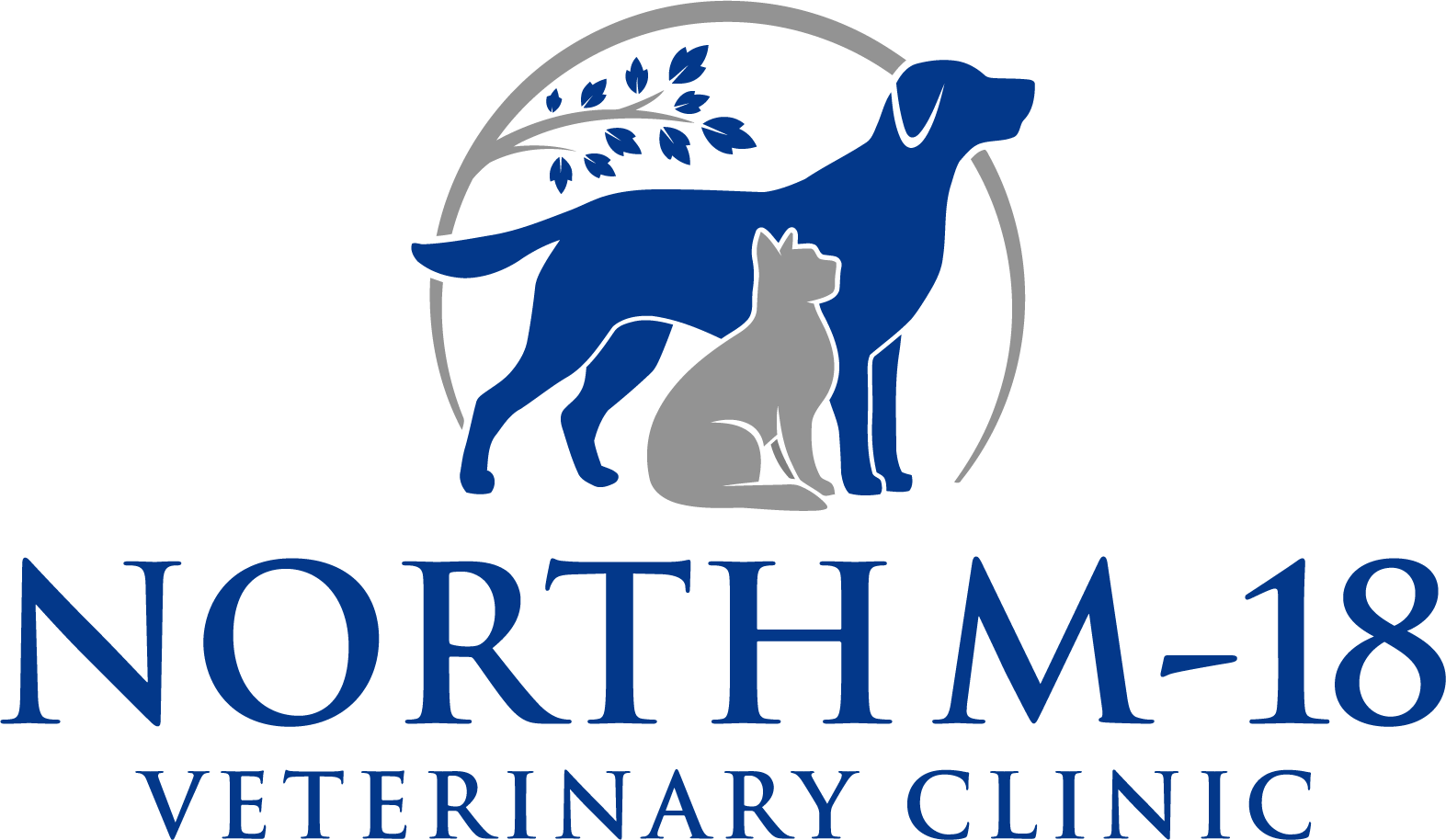Library
-
Grooming a cat can be a challenge to many people. Depending on coat/hair type, medical conditions, and lifestyle factors, some cats will need different levels of grooming care than others. A well-groomed cat is a sign of overall good health, and regular grooming can help you notice problems early on.
-
GS-441524 is an oral medication used to treat feline infectious peritonitis (FIP) in cats. This medication is not approved in the United States or Canada, but an approved formulation from the UK can be obtained through your veterinarian.
-
Head down. Eyes averted. Shoulders hunched. Tail thumping the floor. Body retreating. Your pet looks guilty, maybe even apologetic, right? WRONG! Your pet’s body posture and attitude do not indicate guilt or remorse but represent a response to your body posture and attitude.
-
Hookworm Infection in Cats
Los gusanos gancho son parásitos intestinales de los gatos y los perros. Se llaman de está forma porque sus partes bucales tienen forma de gancho. Usan estas partes para anclarse a la pared de los intestinos. Miden sólo unos 2 o 3 mm (1/8) de largo y son tan pequeños de diámetro que apenas pueden verse a simple vista. Los parásitos gancho se alimentan de los tejidos y sangre del huésped.
-
Bad breath (halitosis) is caused by bacteria, plaque, tartar, decomposing food particles, or death of tissue. Treatment of halitosis in cats involves eliminating the cause(s). The teeth need to be thoroughly cleaned and polished under general anesthesia. Teeth affected by advanced periodontal disease or tooth resorption need to be extracted. Reducing the accumulation of plaque, tartar, and resulting halitosis can be achieved by using VOHC-accepted products.
-
Halloween can be fun for the whole family, but it can also be a scary or dangerous time for pets. Costumes, candy, and noises can cause problems such as stress, poisoning, and anxiety. Keep them in mind when planning your holiday and talk to your veterinarian if you need help with anxiety issues.
-
Harvest mites, also known as red bugs, trombiculid mites, scrub-itch mites, berry bugs or, in their larval stage, as chiggers, are mites commonly found in forests and grasslands. Larval stages affect warm-blooded animals and cause a very itchy skin reaction.
-
Hawthorn is given by mouth and is used over the counter and off label to treat heart conditions, digestive issues, and anxiety. Give as directed by your veterinarian. Side effects are uncommon but may include dizziness or stomach upset. Do not use in pets that are allergic to it or are pregnant or nursing. If a negative reaction occurs, please call your veterinary office.
-
This handout outlines the various health registries in existence that strive to improve the health of dogs and cats. Included in this list are the Canine Health Information Center, Orthopedic Foundation for Animals, Companion Animal Eye Registry, Animal Registry of Certified Health, and the Cat Phenotype and Health Information Registry. Also discussed are canine breed-specific registries, along with the National Pet Microchip Registration.
-
Though less common than in dogs, some heart conditions in cats are serious and need to be treated medically. The most common type of heart disease in cats is adult-onset hypertrophic cardiomyopathy. The most common types of congenital heart disease are malformations of a valve, or a septal defect in the wall that divides the right and left sides of the heart. Diagnosis involves X-rays, ECG, and echocardiography. Treatment depends on the cause of the heart disease.

